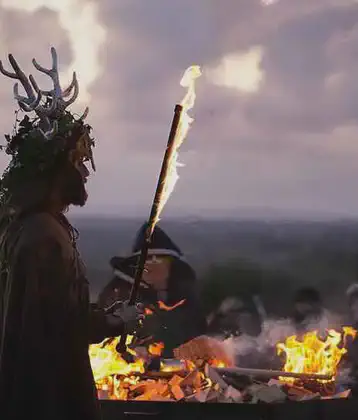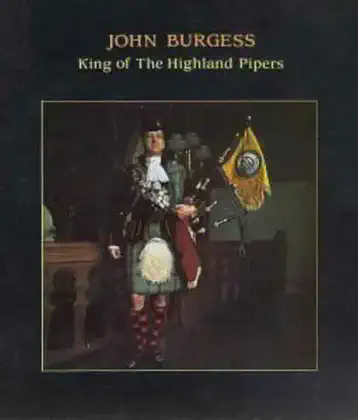On June 30, 1922 in Celtic History
Irish civil war begins

Irish Civil War begins with the shelling of the Four Courts in Dublin by Free State forces. The Irish Civil War was a conflict between supporters and opponents of the Anglo-Irish Treaty of December 6, 1921, which established the Irish Free State, precursor of todays Republic of Ireland. Opponents of the Treaty objected to the fact that it retained constitutional links between the United Kingdom and Ireland, and that the six counties of Northern Ireland would not be included in the Free State. The Civil War cost the lives of more than had died in the War of Independence that preceded it. It left Irish society deeply divided and its influence in Irish politics can still be seen to this day.
The final phase of the Civil War degenerated into a series of atrocities that left a lasting legacy of bitterness in Irish politics. The Free States began executing republican prisoners on November the 17th 1922, when four IRA men were shot by firing squad. They were followed by on the 24th of November by acclaimed author and treaty negotiator Robert Erskine Childers. In all, the Free State sanctioned 77 official executions of Anti-Treaty prisoners during the civil war. The Anti-Treaty IRA in reprisal assassinated TD (member of Parliament) Sean Hales. On December the 7th 1922, the day after Hales killing, four prominent Republicans (one from each province), who had been held since the first week of the war - Rory OConnor, Liam Mellows, Richard Barett and Joe McKelvey- were executed in revenge for the killing of Hales. In addition, Free State troops, particularly in County Kerry, where the guerrilla campaign was most bitter, began unofficial killings of captured Anti-Treaty fighters. The most notorious example of this occurred at Ballyseedy, where 9 Republican prisoners were tied to a landmine, which was exploded and the survivors were then machine-gunned.
Related Content

Shane Patrick Lysaght MacGowan, lead singer of the Pogues, died
Shane Patrick Lysaght MacGowan is an Irish-English musician and songwriter, best known as the lead singer and songwriter of the punk band The Pogues.
Read More
St Machar Day, patron saint of Aberdeen
Saint Machar is the Diocesan Patron Saint of Aberdeen; the Feast Day being observed on 12th November.
Read More
Oíche Shamhna - Cetlic New Year Eve (Halloween)
In Scotland and Ireland, Halloween is known as Oíche Shamhna, while in Wales it is Nos Calan Gaeaf, the eve of the winters calend, or first. With the rise of Christianity, Samhain...
Read More
ALBAN ELFED (Welsh Bardic name for autumn equinox)
Alban Elued, The Light of the Water, the first day of Autumn, was also called Harvesthome. Observed on September 21, the Autumnal Equinox was the day when the sun again began to...
Read More
Feast day of St. James
Guinness St. James Gate Since mediaeval times, Dubliners held an annual drinking festival in the Saint’s honor. Fittingly, Guinness chose St. James’ Gate as the site for their...
Read More
John Davie Burgess, King of the Highland Pipers, died at age 71.
John Burgess died on June 29, 2005 at the age of 71.
Read More
No location specified

No location specified

No location specified

No location specified

No location specified

No location specified

No location specified

No location specified